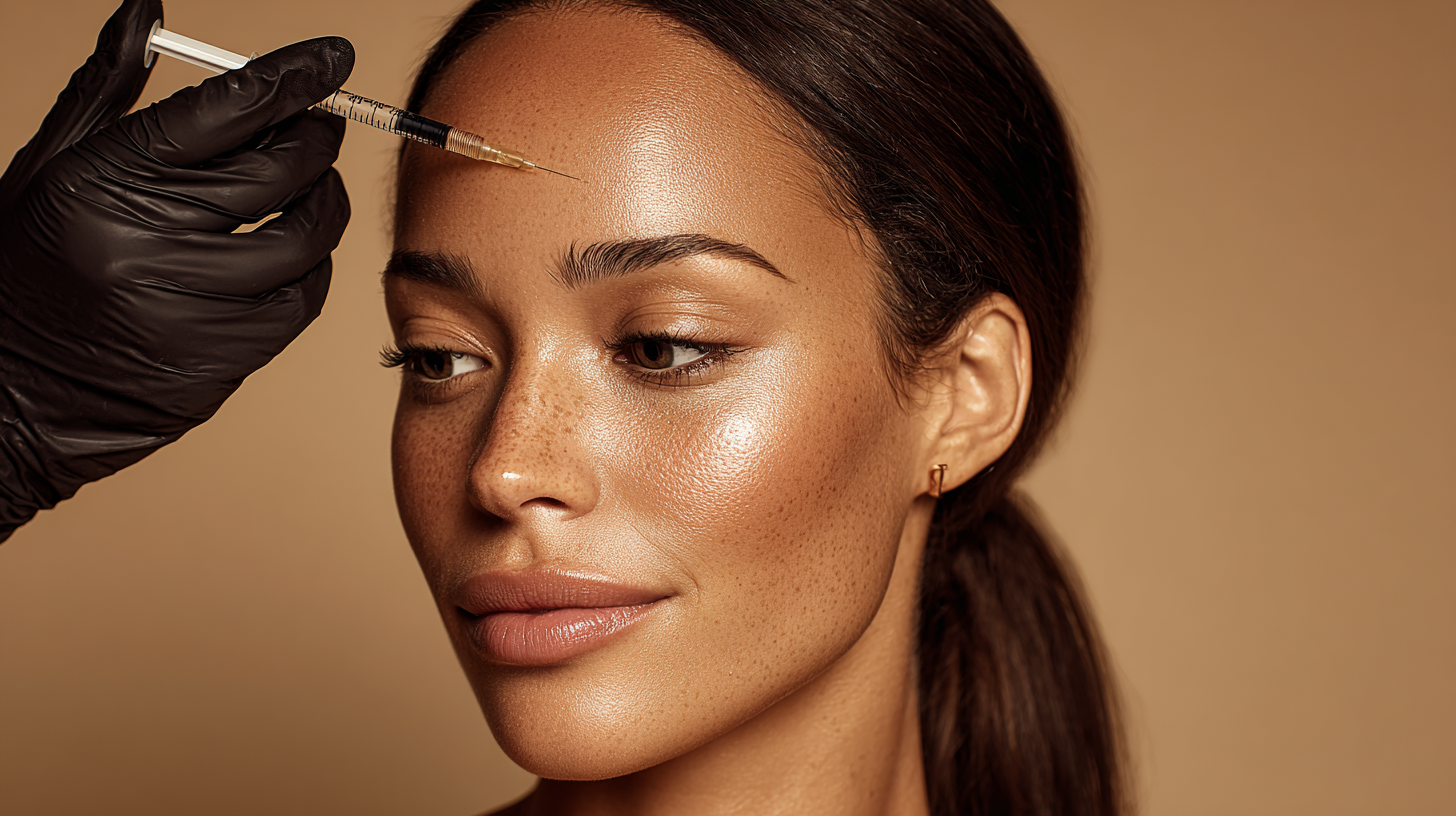Microblading, Powder Brows, or Microshading: How to Choose the Best Technique for Each Client
Our Columnist, Nez Hasan is a renowned semi-permanent makeup artist who has nearly 10 years' experience in the beauty industry. She has a passion for enhancing natural beauty and offers a range of treatments to an international client base.
Choosing the right technique for semi-permanent brow tattoos can be tricky, especially when you're not sure about the differences between each method. Understanding these differences is key to providing the best results for your clients. Let's break down the three main techniques:
Microblading: A natural hair-stroke effect created using a hand-held tool.
Powder Brows: A soft ombre makeup powder effect created using a 1-point needle and machine gun.
Microshading: A combination of both the hair-stroke technique and the powder effect, also known as Combination Brows.
Key Factors to Consider
When choosing the best SPMU treatment for your client, there are three main factors to consider; skin type, skin undertone and brow hair type.
1. Skin type
Skin type, particularly in the t-zone where the brows will sit, plays an important role in how the treatment will heal. Here is how the different skin types can impact the results:
Normal Skin: all three SPMU techniques – Microblading, Powder Brows, Microshading – will work well.
Oily to Combination Skin: Microblading may not last as long on oily or combination skin, as it is created on the first layer of skin with fine strokes that tend to fade faster. In this case, I would recommend Powder Brows or Microshading which provide better, longer-lasting results
2. Skin Undertone/Colour
It is important to distinguish the difference between skin undertones and skin colour:
Cool Undertones – Clients with cool undertones have visible blue veins mainly around their eyes and lips. In most cases if you carry out Microblading, the pigment will heal quicker in a deeper, ashier tone than people of warmer skin tones. For this reason, I prefer Powder Brows on cool undertones as I can mix a few pigments to achieve the desire natural healed brows.
Warm Undertones - any treatment will work well for the client, as the healed results tend to have a soft, ashy-brown tone.
When it comes to skin colour:
Fair to medium skin suits all brow techniques.
Medium to dark skin will suit Microshading or Powder Brows as Microblading on its own when healed may not show any definition and visible brow strokes.
3. Brow Hair type
The type of brow hair your client has is important to consider when you are choosing the right technique to provide the most natural look:
Fine, Ashy, or Flat Brow Hairs: suits Microblading as this technique gives the effect of fine, ashy and flat strokes creating a very natural look.
Coarse or Curly Brow Hairs: Powder Brows will blend more seamlessly to give a natural powdered make-up look. From my experience, Microblading when healed on coarse or curly brows appears unnatural.
Sparse or No Brow Hair: Microshading is the best option when a client has a ‘blank canvas’ as the combination of the hair stroke effect with the shading in-between will give the customer fuller results and more defined brows.
Lastly, you should also consider the direction in which the brow hairs grow. If they grow in different directions, techniques that offer more shading (like Powder Brows or Microshading) can help mask this and create a more uniform appearance.
What results are they after?
The final factor to consider is understanding what results your client is aiming for. While all three techniques can give a natural look, the level of boldness differs:
Microblading: offers a subtle, natural look, and clients may still need to pencil in their brows as part of their daily makeup routine.
Microshading: provides a bolder, more defined look, which may reduce or eliminate the need for pencilling in brows.
Powder Brows: gives a natural powder/make-up effect, which means you may not need to pencil in your brows.
The majority of clients are looking for a natural, lifted brow shape that acts as a ‘permanent template’ to speed up their make-up routine, especially helping them to feel more confident when they’re not wearing any make-up or on holiday.
By considering factors such as skin type, undertone, brow hair type, and the client's desired results, you can select the ideal brow treatment that will give your client the most flattering, natural look. Always ask your client the contrast they want between their brows and their skin tone, as some clients may prefer a more defined look while others want a soft, blended appearance. With the right technique and careful consideration, you’ll be able to achieve a natural and flattering brow look.








